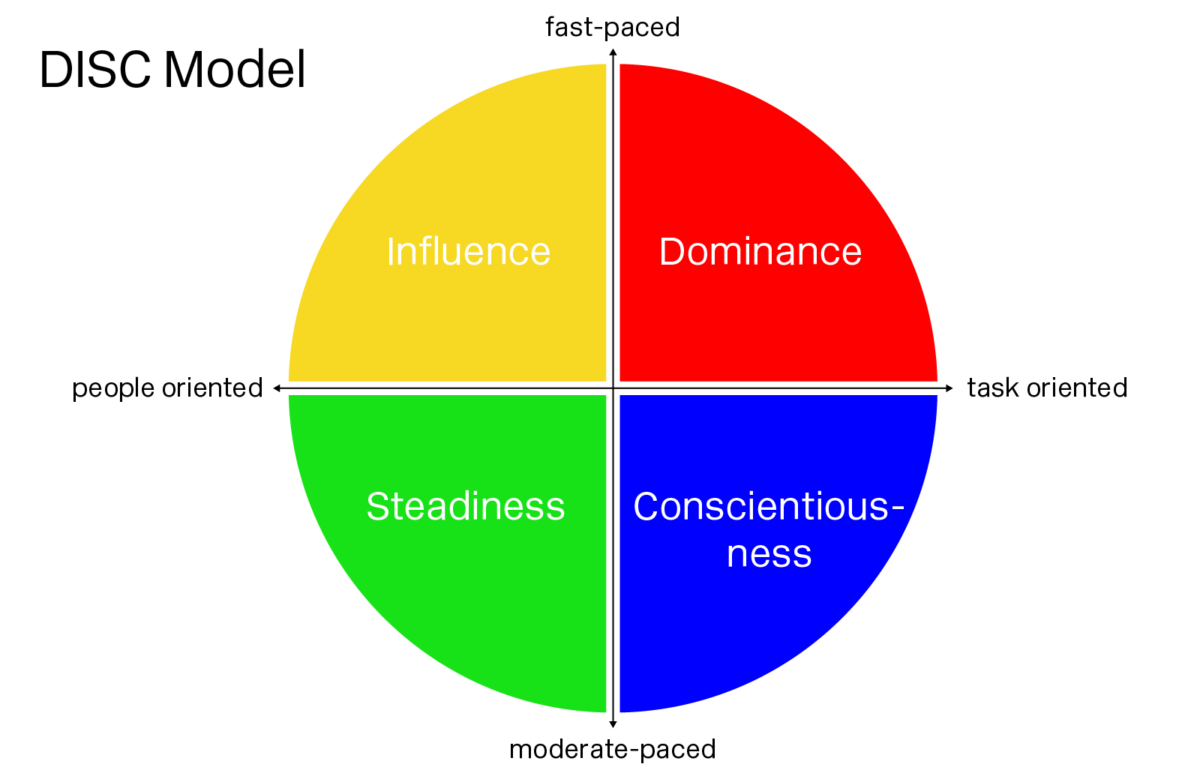Guide: Identify key customer types and successfully engage with them
Whether consultation or sales, when it comes to convincing customer interactions, the right approach plays a vital role. Our guide shows you how to win over even the most challenging customer types.

Seeing eye to eye with different customer types
For customers, the user experience and personalized shopping experience are playing an increasingly important role when deciding what to buy. Sales teams are therefore challenged with acquiring prospective customers individually through customer contact and wowing them with their offer. In sales, however, you end up dealing with a wide range of different characters. Sales strategies and methods that entice one particular customer group may miss the mark with other personality types. That’s why it is all the more important to understand the person you’re talking to and respond to his or her needs and expectations with sensitivity.
Identify customer types and win them over
The quicker you identify the different customer types during face-to-face contact, the better you can react to their quirks and send the right signals and messages. Even though every person is different, there are recurring characteristics and behavioral patterns that experienced sellers can use to their advantage. Personality typing is thus a valuable tool for categorizing different customer types and developing methods for dealing with them effectively.
What customer types are there?
Whether skeptic, know-it-all, chatterbox, or ditherer – the DISC model offers a practical foundation for creating different customer groups. The DISC approach is a psychological behavioral model based on research by psychologists William M. Marston and C.G. Jung from the 1920s. The model is based on the observation that in certain situations people fall into learned behavioral patterns and (re-)act in the same way again and again to similar situations. Based on this, the psychologists developed four different DISC types,
- D – Dominant,
- I – Influential,
- S – Steady, and
- C – Conscientious,
which were divided into extrovert or introverts and goal-oriented or people-oriented for comparison purposes.

The dominant type
The dominant type comes across as determined, ambitious and demanding. Dominant types are demanding, decisive and challenging, try to take control of the conversation, and due to their bossy and impulsive nature, they often find it difficult to connect with the person they’re talking to. With the dominant type, the most important thing is to communicate “at eye level” and to present all important information in a fast, skilled, and structured way.
The influential type
The influential type is significantly more open and receptive. Charming optimists, they are quick to strike up a conversation with others, create a positive atmosphere, and are full of zest and energy. Although they are very sociable, they often come across as erratic and like to go off topic. If you can continuously direct this customer type’s enthusiasm to the sale at hand with confidence, you have a good chance of closing the deal.
The steady type
When it comes to steady types, the first thing you need to do is build confidence. They usually come across as reserved, yet polite, and like to play it safe. They rely on what they know and require a lot of information before making their decision. Therefore, the salesperson needs to be especially patient and understanding when dealing with steady types, so that they can let go of their fear of taking risks.
The conscientious type
The conscientious customer type is just as cautious as the steady type, but is much more rational and critical during the conversation. Usually, only the facts and getting the best value for the money are important to them. The conscientious type expects the most comprehensive and detailed consultation possible in order to weigh up the pros and cons carefully, so patience and empathy is required.
Free guide for successfully engaging with different customer types
Even more specific customer types that sales teams deal with on a daily basis can be derived from the four behavioral patterns of the DISC model. In our guide, we’ll introduce you to the 10 most common buyer profiles. Furthermore, you will learn how to recognize the different customer types and which sales strategies work best for them.






